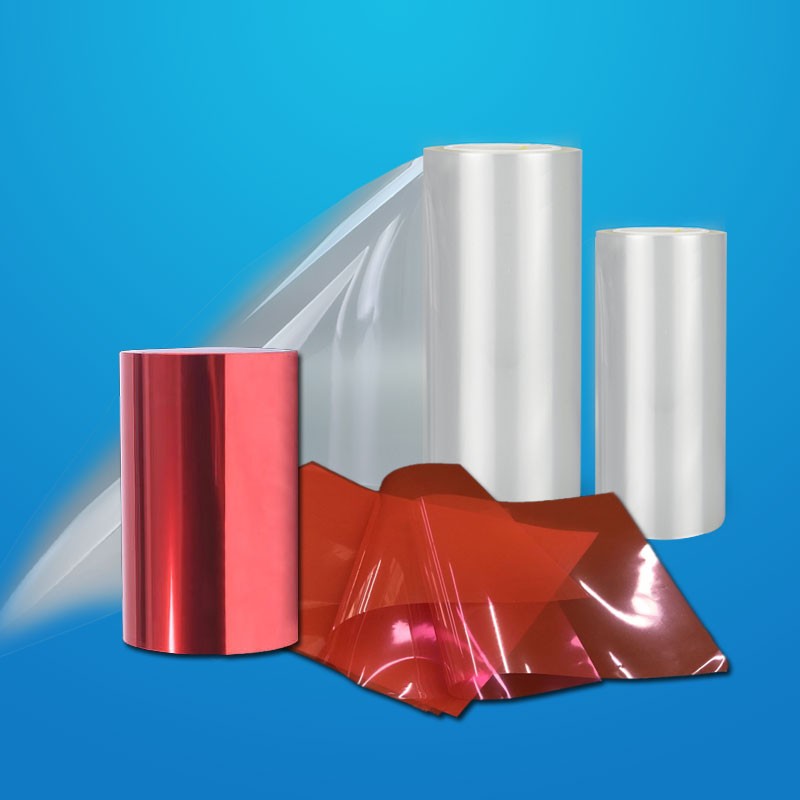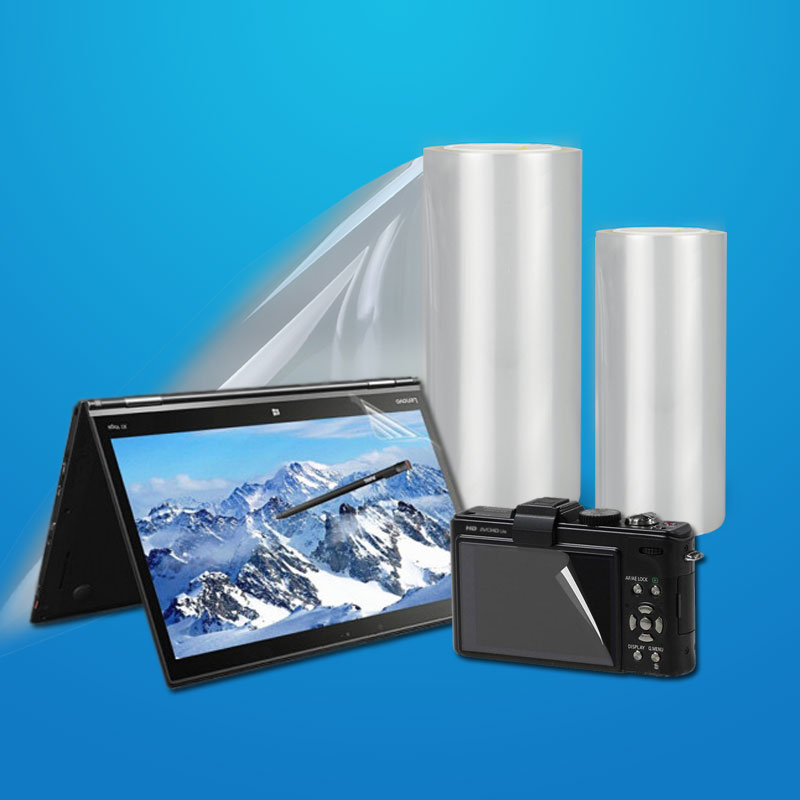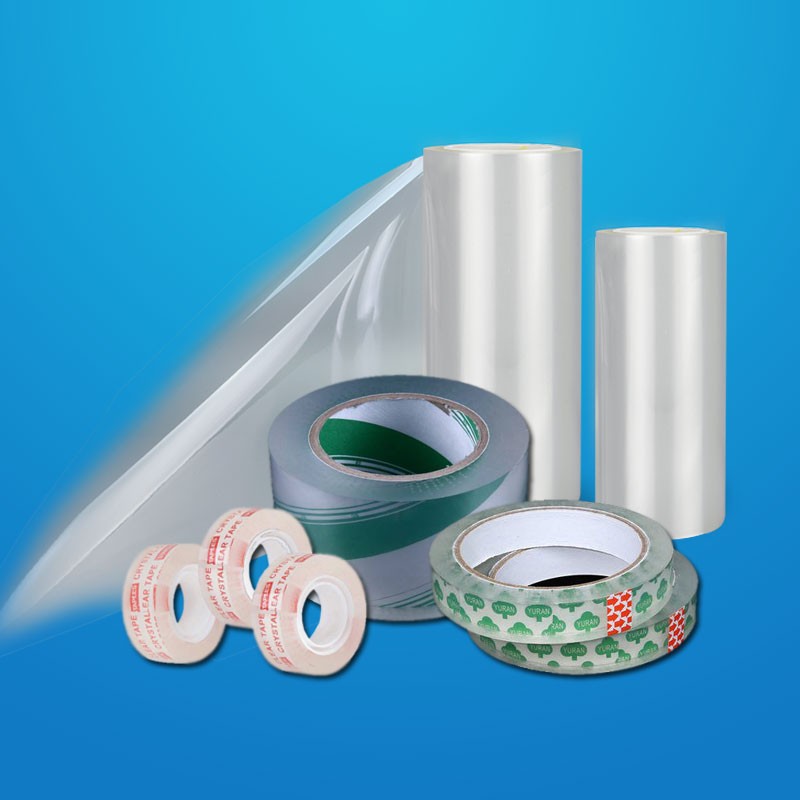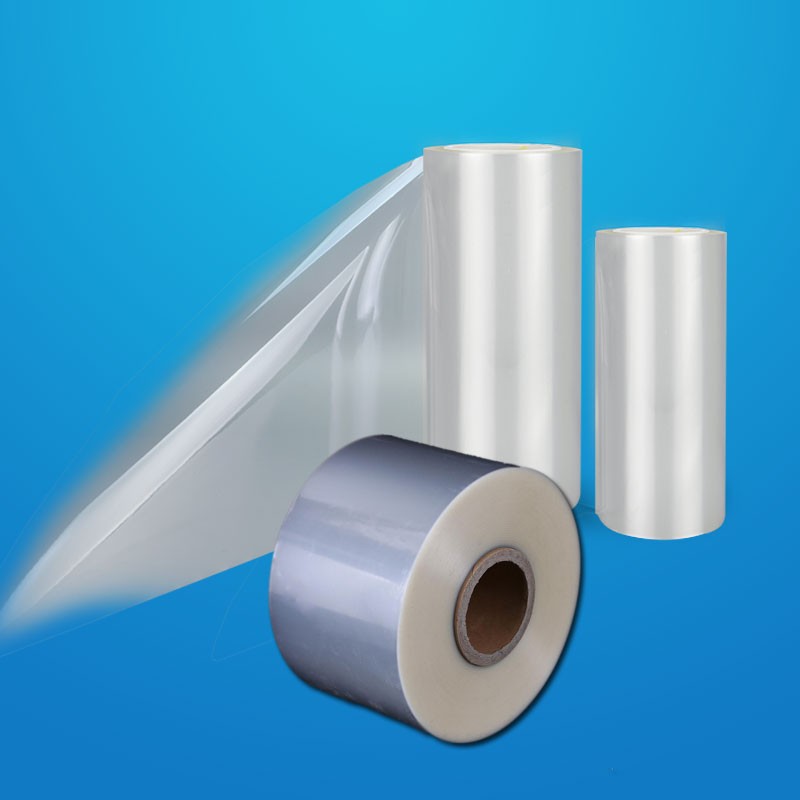

Film is a factor that must be carefully considered during the entire lamination process, whether for printing or lamination.
(1) Types of films. The films used for printing and lamination mainly include polyethylene film (PE), polypropylene (PP), nylon film (PA), polyester film (PET), and aluminized film.
①Polyethylene is polymerized from ethylene. Due to different manufacturing methods and control methods, low-density polyethylene (LDPE), medium-density polyethylene (MDPE), high-density polyethylene (HDPE) and cross-linked polyethylene (CLPE) can be obtained , generally speaking, as the density increases, the mechanical properties and barrier properties improve, as well as the heat resistance.
②Polypropylene is polymerized from propylene and is divided into cast polypropylene (CPP) and stretched polypropylene (OPP). Polypropylene has higher heat resistance than polyethylene, but worse low temperature resistance than polyethylene.
③Nylon film is a film made of nylon-6 resin by biaxial stretching (OPA) or a film obtained by casting (CPA). It has very good barrier properties and is transparent and beautiful.
④ Polyester film (PET) is a biaxially stretched film made of polyethylene terephthalate.
(2) Corona treatment and its impact on composite quality
① Since polyethylene and polypropylene films are non-polar films and difficult to bond, corona treatment is required to make the film reach the surface tension required for lamination.
②The surface tension of the corona-treated film has a certain validity period. As the storage time is extended, the surface tension of the film will decrease. Although some films have not expired, the surface tension has not decreased when checking with a dyne pen, but after During the printing and lamination processes, due to the combined effects of temperature, tension and solvents, films stored for too long are prone to failure, causing quality problems.
③The surface tension of corona-treated films may not be uniform, and uneven surface tension may also have an impact on printing lamination.
(3) Additives and their impact on composite quality During the processing of plastics, some additives are added. These additives play a very good role in the processing and forming of the film, but they also have a certain impact on the composite.

BOPP red protective film is a self-color···

BOPP protective film is a very important···

BOPP gloss film is a transparent functio···

An innovative product of functional BOPP···

